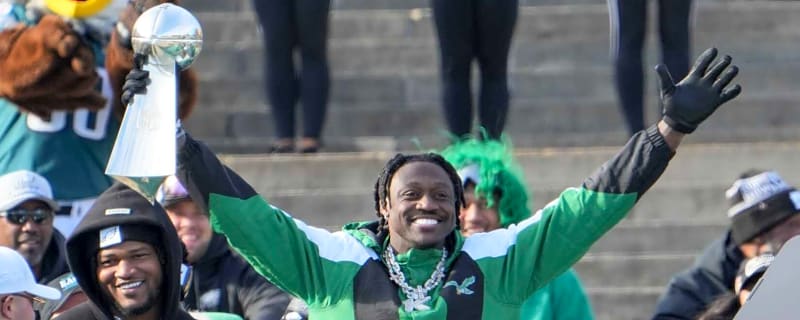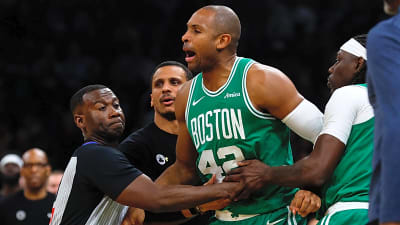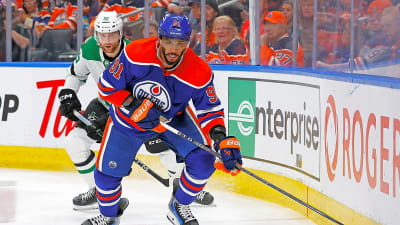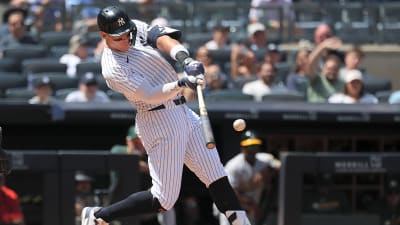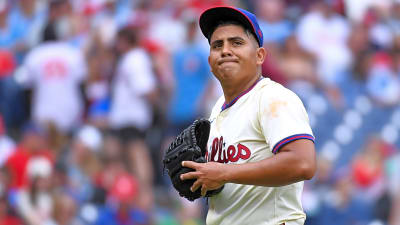- Home
- Quizzes
- My Quiz Activity
- Newsletters
- MY FAVORITES
- Add Sports/Teams
- SPORTS
-
NFL
- NFL Home
- Arizona Cardinals
- Atlanta Falcons
- Baltimore Ravens
- Buffalo Bills
- Carolina Panthers
- Chicago Bears
- Cincinnati Bengals
- Cleveland Browns
- Dallas Cowboys
- Denver Broncos
- Detroit Lions
- Green Bay Packers
- Houston Texans
- Indianapolis Colts
- Jacksonville Jaguars
- Kansas City Chiefs
- Las Vegas Raiders
- Los Angeles Chargers
- Los Angeles Rams
- Miami Dolphins
- Minnesota Vikings
- New England Patriots
- New Orleans Saints
- New York Jets
- New York Giants
- Philadelphia Eagles
- Pittsburgh Steelers
- San Francisco 49ers
- Seattle Seahawks
- Tampa Bay Buccaneers
- Tennessee Titans
- Washington Commanders
-
MLB
- MLB Home
- Athletics
- Arizona Diamondbacks
- Atlanta Braves
- Baltimore Orioles
- Boston Red Sox
- Chicago White Sox
- Chicago Cubs
- Cincinnati Reds
- Cleveland Guardians
- Colorado Rockies
- Detroit Tigers
- Houston Astros
- Kansas City Royals
- Los Angeles Angels
- Los Angeles Dodgers
- Miami Marlins
- Milwaukee Brewers
- Minnesota Twins
- New York Yankees
- New York Mets
- Philadelphia Phillies
- Pittsburgh Pirates
- San Diego Padres
- San Francisco Giants
- Seattle Mariners
- St. Louis Cardinals
- Tampa Bay Rays
- Texas Rangers
- Toronto Blue Jays
- Washington Nationals
-
NBA
- NBA Home
- Atlanta Hawks
- Boston Celtics
- Brooklyn Nets
- Charlotte Hornets
- Chicago Bulls
- Cleveland Cavaliers
- Dallas Mavericks
- Denver Nuggets
- Detroit Pistons
- Golden State Warriors
- Houston Rockets
- Indiana Pacers
- Los Angeles Clippers
- Los Angeles Lakers
- Memphis Grizzlies
- Miami Heat
- Milwaukee Bucks
- Minnesota Timberwolves
- New Orleans Pelicans
- New York Knicks
- Oklahoma City Thunder
- Orlando Magic
- Philadelphia 76ers
- Phoenix Suns
- Portland Trail Blazers
- Sacramento Kings
- San Antonio Spurs
- Toronto Raptors
- Utah Jazz
- Washington Wizards
-
NHL
- NHL Home
- Anaheim Ducks
- Boston Bruins
- Buffalo Sabres
- Calgary Flames
- Carolina Hurricanes
- Chicago Blackhawks
- Colorado Avalanche
- Columbus Blue Jackets
- Dallas Stars
- Detroit Red Wings
- Edmonton Oilers
- Florida Panthers
- Los Angeles Kings
- Minnesota Wild
- Montreal Canadiens
- Nashville Predators
- New Jersey Devils
- New York Islanders
- New York Rangers
- Ottawa Senators
- Philadelphia Flyers
- Pittsburgh Penguins
- San Jose Sharks
- Seattle Kraken
- St. Louis Blues
- Tampa Bay Lightning
- Toronto Maple Leafs
- Utah Mammoth
- Vancouver Canucks
- Vegas Golden Knights
- Washington Capitals
- Winnipeg Jets
- NCAAF
- NCAAM
- Olympics
- Boxing
- Entertainment
- Lifestyle
- Golf
- MMA
- Soccer
- Tennis
- Wrestling
- Sports Betting
- More Sports
- RESOURCES
- My Account
- YB on Facebook
- YB on Twitter
- YB on Flipboard
- Contact Us
- Privacy Policy
- Terms of Service
Jonnu Smith is underrated addition in blockbuster trade for Steelers
As Steelers fans are trying to digest the trade that sent Minkah Fitzpatrick back to Miami and will bring Jalen Ramsey to Pittsburgh, there's an underrated part of the trade that may end up having a big impact on the upcoming season.

Report: Steelers offered a contract to this free-agent WR
The Pittsburgh Steelers have continued to stay busy throughout the offseason, making big moves that has changed the roster. Despite all the changes that have already taken place, it appears the Steelers might not be finished just yet.

Report reveals Steelers' intentions for T.J. Watt amid trade interest
The Steelers’ willingness to trade one star defender could inspire attempts to acquire T.J. Watt amid his contract standoff with the team. Multiple teams

Steelers should sign coveted safety after blockbuster trade
He is still one of the league’s top ballhawks and would immediately lift the Steelers secondary.

The 'NFL head coaches' quiz
How many of the 32 NFL head coaches to at the start of the 2025-26 season can you name in five minutes?

Fantasy football fallout of blockbuster Steelers-Dolphins trade
This trade has plenty of fantasy football implications for both clubs going into the 2025 season.

Coaching legend reacts to Buccaneers' surprising Todd Bowles move
The Tampa Bay Buccaneers made one of the more surprising NFL-related moves of June when they signed head coach Todd Bowles to a contract extension.

Steelers trading Minkah Fitzpatrick was no surprise as teammates publicly blamed him in 2024
Fitzpatrick has been great for the Steelers, but there is no denying that his play has declined over the last two seasons.

2025 Cleveland Browns projected win total, prediction
The Browns are projected to be the worst team in the NFL this year.

Early 2026 mock draft paints gloomy picture for Browns
Are the Browns in for disastrous season and a whole lot of second guessing?

Trade grades: Landing Super Bowl champion in deal with Dolphins could be a massive win for Steelers
He should make Pittsburgh's stingy defense — which allowed the league's eighth-fewest points (20.4) last season — even better.
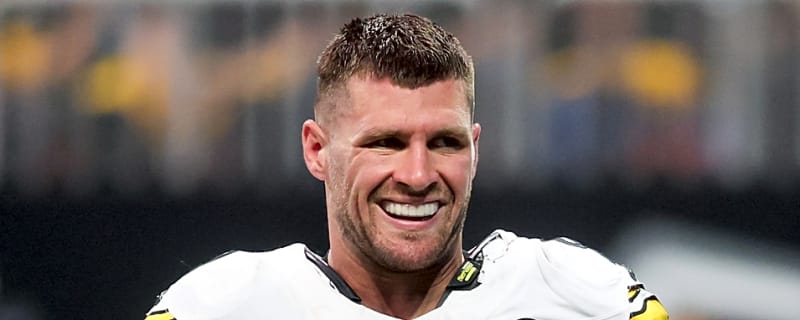
Why T.J. Watt allegedly isn't 'in any hurry' to get extension done with Steelers
Watt stayed away from the team during its mandatory minicamp earlier in June amid his desire for a contract extension.

Why Kevin Stefanski thinks Kenny Pickett can 'thrive' in Browns' offense
Is Pickett a perfect fit for Stefanski's scheme?

What Mac Jones worked on fixing after signing with 49ers in free agency
Jones had some specific things he has worked on since joining the 49ers.
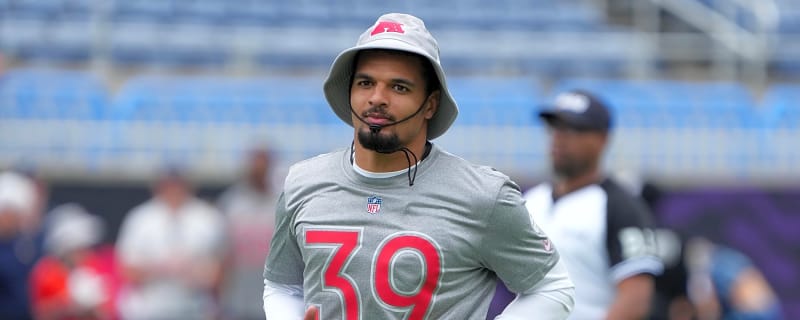
Steelers make shocking decision to part ways with Minkah Fitzpatrick
It was time for both sides to move on.
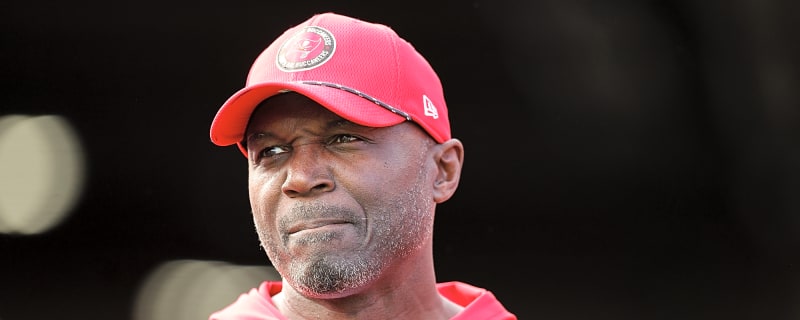
Buccaneers GM compares Todd Bowles replacing Bruce Arians to Tom Brady, Baker Mayfield situation
Jason Licht discussed his team's head coach and made an interesting comparison regarding Bowles taking over the team.

Steelers steal All-Pro CB Jalen Ramsey in exciting trade with Dolphins
This move shows the front office is serious about contending right now.

Insider predicts if Steelers will match T.J. Watt's alleged asking price ahead of 2025 season
Watt stayed away from the Steelers during their mandatory minicamp earlier in June as an apparent protest of the fact that he hadn't yet received a pay raise.
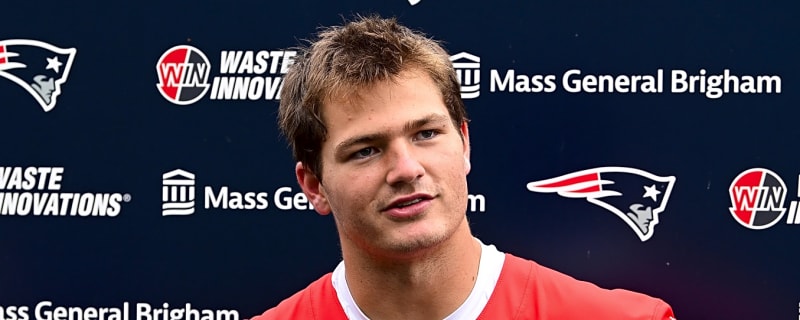
Former Patriots great shares concerns about Drake Maye ahead of second season
Expectations will be high for Maye entering his second season, but at least one prominent former Patriot isn't sold that Maye is equipped to be a franchise quarterback.
The 'Most receiving yards in a season by NFL team' quiz
How many of the players responsible for the best receiving season in the history of each NFL franchise can you name in five minutes?

Insider addresses if Deshaun Watson could be an option for Browns during 2025 season
A report from late May indicated that Deshaun Watson could potentially try to return to the Cleveland Browns' active roster during the 2025 regular season.
Report expands on how Falcons' Michael Penix Jr., Kirk Cousins are handling unique situation
Cousins remains with Atlanta despite his desire to go to a team where he can start.
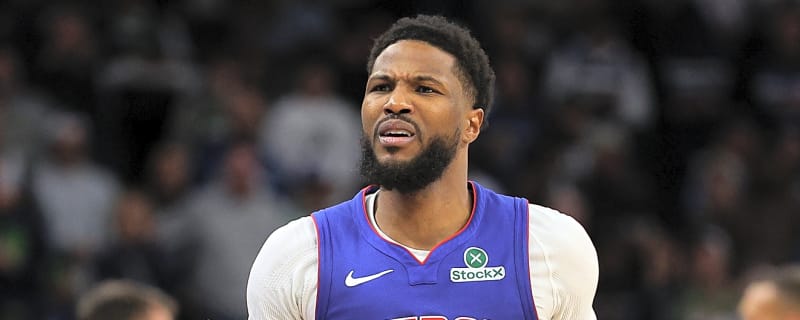
Malik Beasley gambling allegations highlight growing problem in professional sports
Once again, a professional athlete is at the center of a gambling investigation.

Broncos' Patrick Surtain II reveals his 'main goal' after winning 2024 DPOY
Denver Broncos cornerback Patrick Surtain II won 2024 Defensive Player of the Year, but that's not stopping him from setting higher benchmarks heading into the 2025 season.
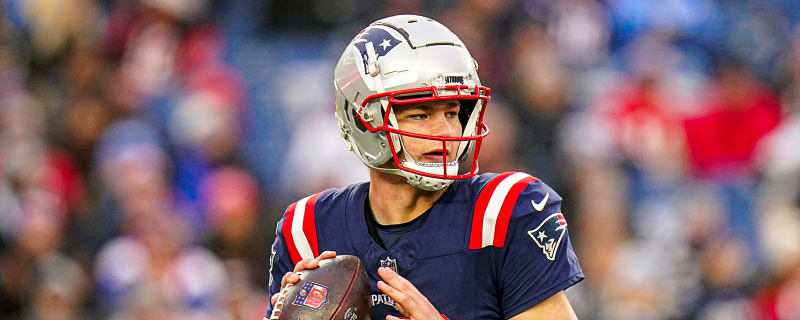
A pessimist's guide to the 2025 New England Patriots
With a new head coach, an offensive coordinator on his third stint with the team and a host of player additions, Patriots fans may be feeling optimistic about next season, but here’s why they should lower expectations.
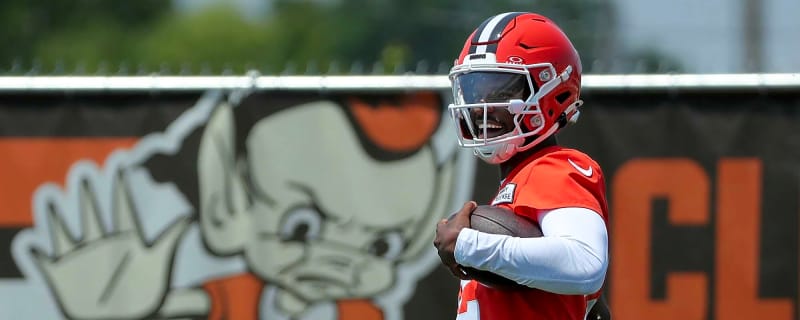
Ex-NFL star makes a prediction about Browns QB Shedeur Sanders
A former NFL star made a rather negative prediction about where Shedeur Sanders stands in the Cleveland Browns’ quarterback battle.
Breaking News
Trending News
My Favorites
Customize Your Newsletter
 +
+
Get the latest news and rumors, customized to your favorite sports and teams. Emailed daily. Always free!
PRIVACY POLICY EDITORIAL POLICY CONTACT US
ABOUT YARDBARKER TERMS OF SERVICE
Use of this website (including any and all parts and
components) constitutes your acceptance of these
Terms of Service and Privacy Policy.
This site is for entertainment purposes only.
There is no gambling offered on this site.
Gambling Problem? Call 1-800-Gambler.

 Free Newsletters
Free Newsletters



